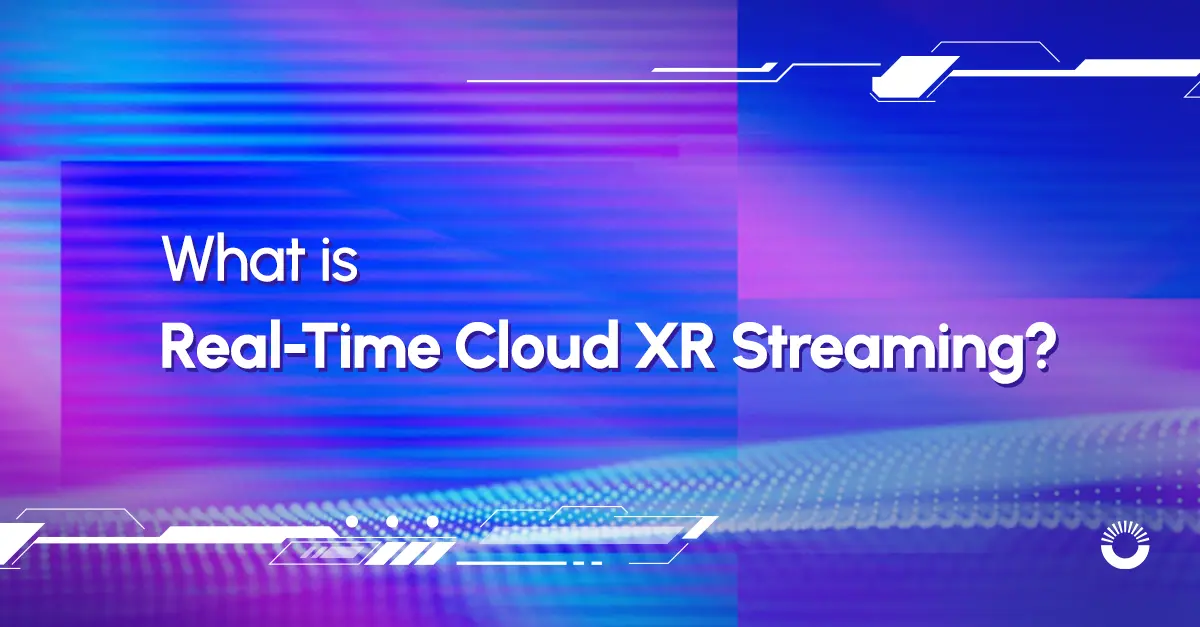Cloud XR Streaming: Low Latency, High Bandwidth Network for Efficient Communications
Low-latency, High-Bandwidth Network Technology is a crucial component in the Real-time Cloud XR Streaming technology stack. It plays a vital role in ensuring efficient communication between cloud computing resources and user devices. By employing high-speed network transmission technologies, this approach aims to minimize communication latency, guaranteeing that users can receive cloud-rendered XR content promptly and smoothly. This not only enhances the overall efficiency of cloud XR streaming but also significantly improves user satisfaction.
During the cloud XR streaming process, extensive data transfer is inevitable. If the network is unstable or transmission speeds are slow, it directly leads to a degradation in user experience and increased rendering times. Therefore, low-latency, high-bandwidth network technology serves as the cornerstone for achieving smooth real-time cloud XR streaming.
Key Aspects of the Technology
This technology can be explored in depth from three main aspects:
Network Architecture
Low-latency, high-bandwidth network technology typically adopts a distributed architecture. Cloud computing resources are deployed across multiple geographical locations and connected via high-speed internet backbone networks. For example, cloud XR streaming service providers can deploy numerous computing nodes in data centers worldwide, transmitting data to user devices through high-speed internet backbone networks. This distributed architecture not only improves data transmission speeds but also enhances the system’s reliability and fault tolerance.
Transmission Protocols
In terms of transmission protocols, this technology often utilizes UDP (User Datagram Protocol) as the transport layer protocol. Compared to TCP (Transmission Control Protocol), UDP offers lower transmission latency and higher transmission rates. Additionally, this technology can leverage multiplexing techniques to improve data transmission efficiency, combining multiple data streams into a single transmission, further reducing transmission latency.
Caching Techniques
Caching technology also plays a crucial role in low-latency, high-bandwidth network technology. By caching cloud-rendered XR content on user devices, when users need to re-render the same scene, they can directly use the local cache data. This approach avoids the need to re-download data from the cloud, significantly improving rendering efficiency and user experience. This caching strategy not only reduces the data transfer volume but also shortens transmission latency, allowing users to access rendered XR content more quickly.
Low-Latency, High-Bandwidth Network Technology, through the optimization of network architecture, the selection of appropriate transmission protocols, and the application of caching techniques, provides solid technical support for real-time cloud XR streaming. The comprehensive application of these technologies not only ensures the efficiency and stability of data transmission but also greatly enhances the user’s XR streaming experience. This enables real-time cloud XR streaming technology to unleash its full potential across various application scenarios.




